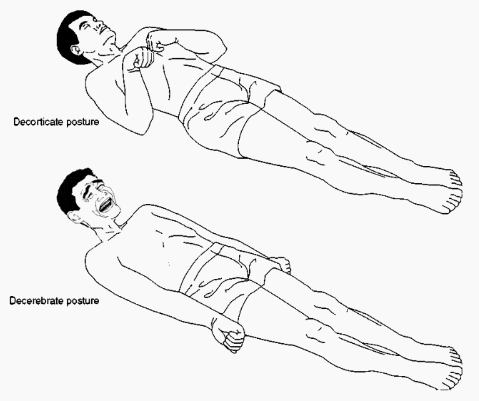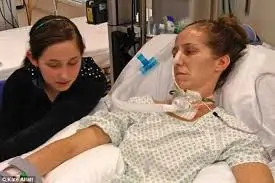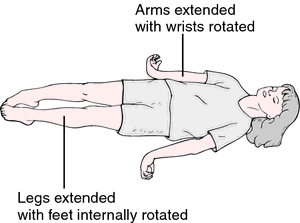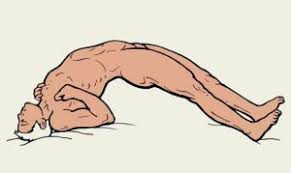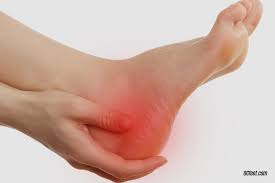Abnormal posturing: Cause,Types,Prognosis,Treatment
Abnormal posturing is an involuntary muscle contraction which leads abnormal types of Body position mainly flexion and extension position mostly associated with severe brain and spinal cord related conditions. In this condition one group of muscles tone increased while opposite group muscles loose their tone. This posturing may also seen without a stimulus. Abnormal posturing…

